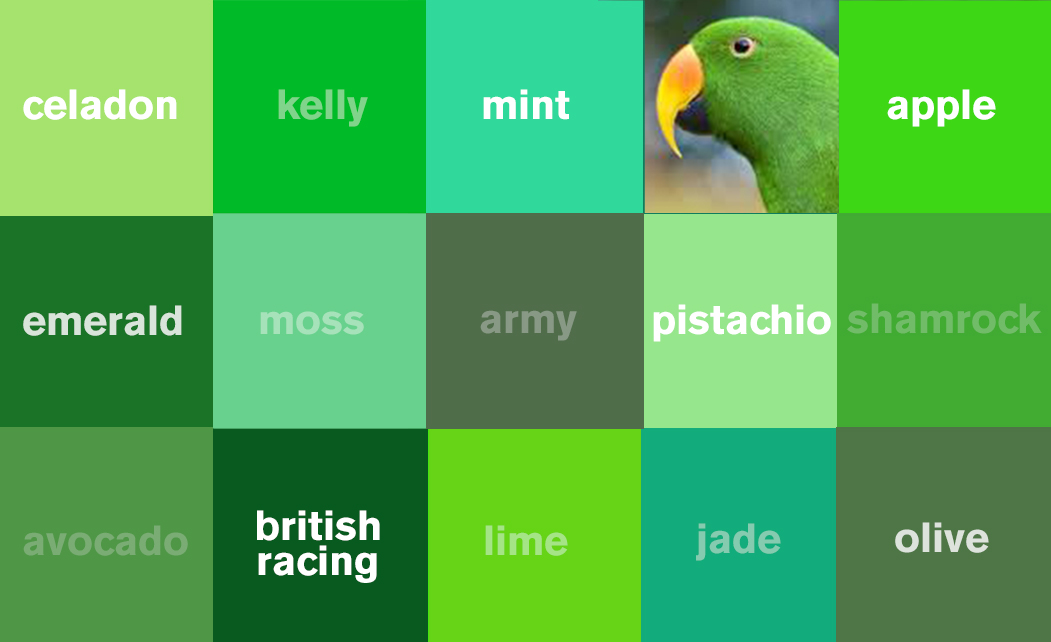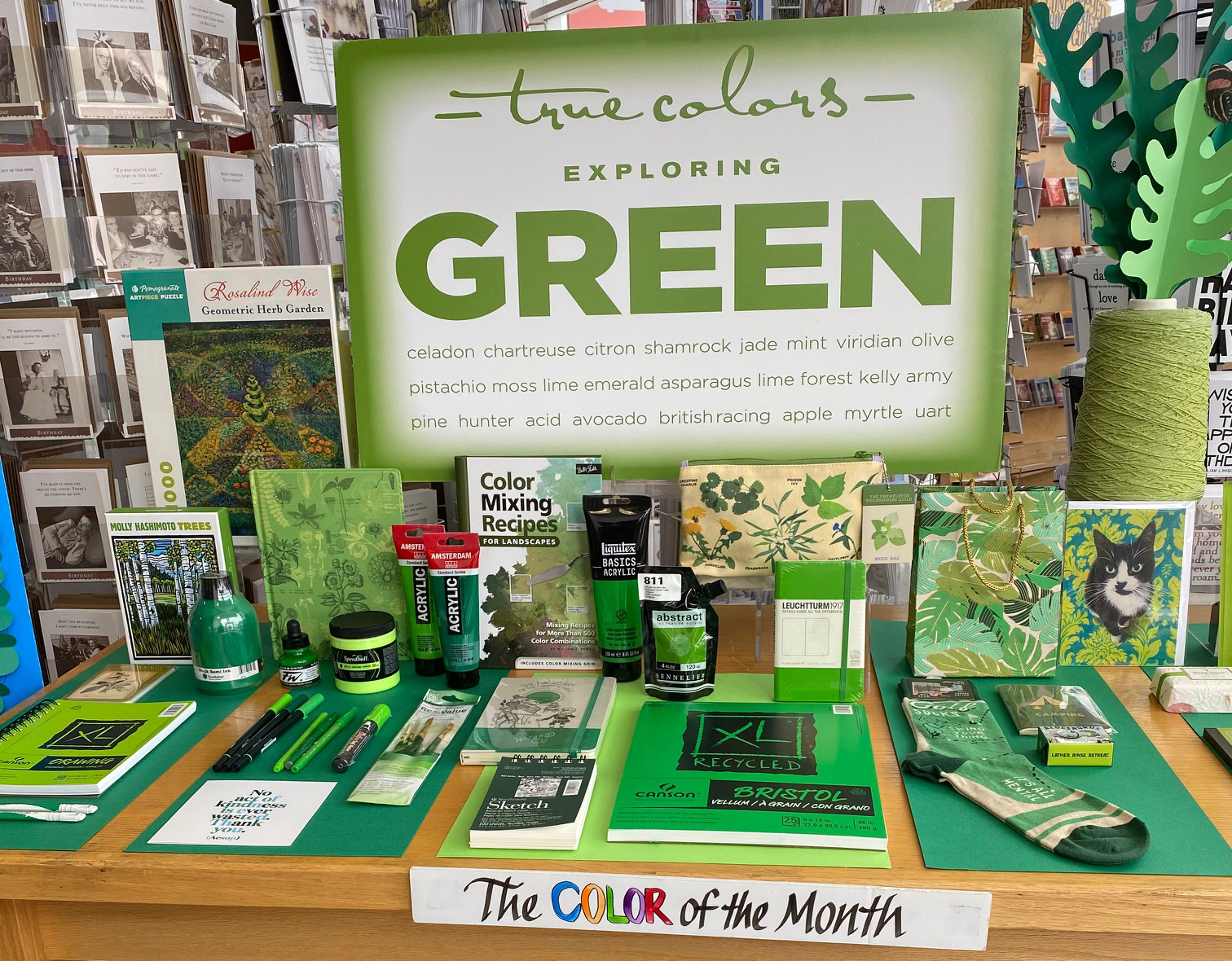
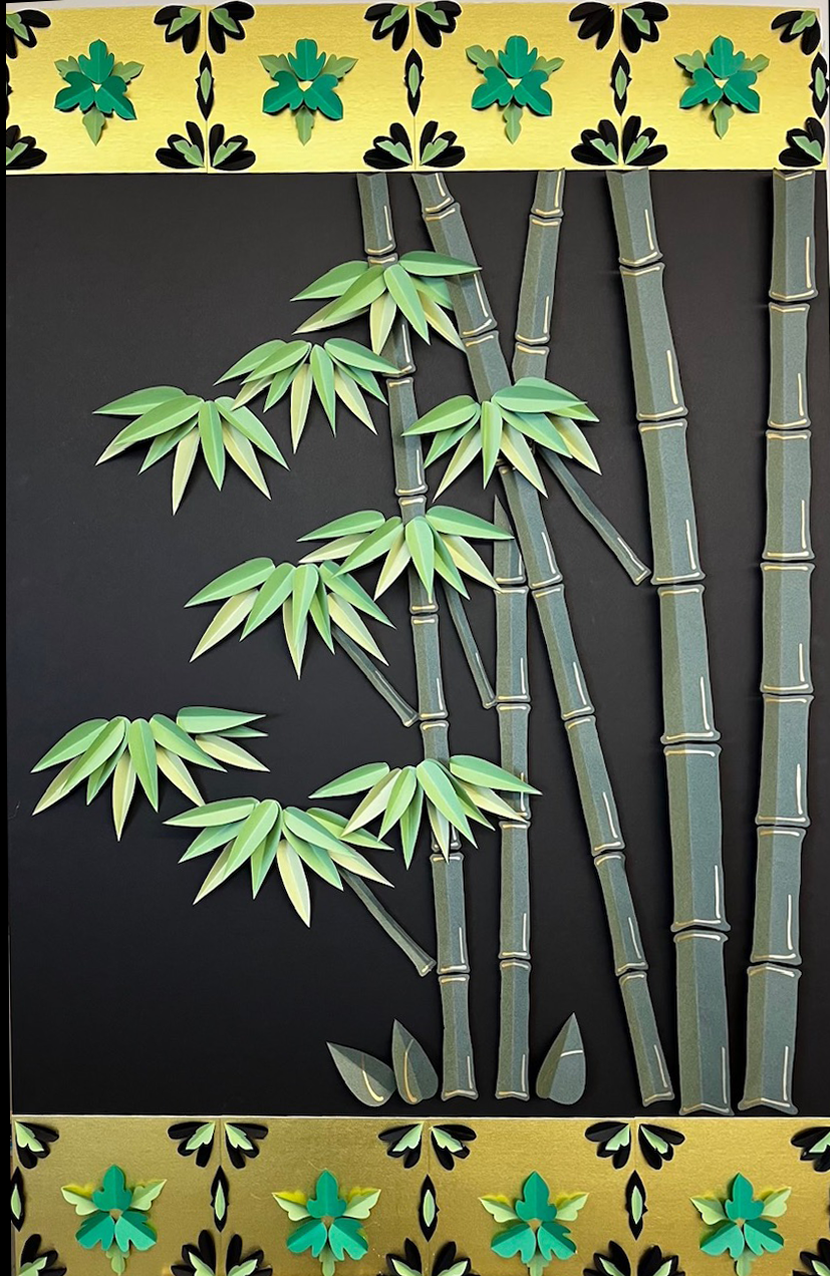
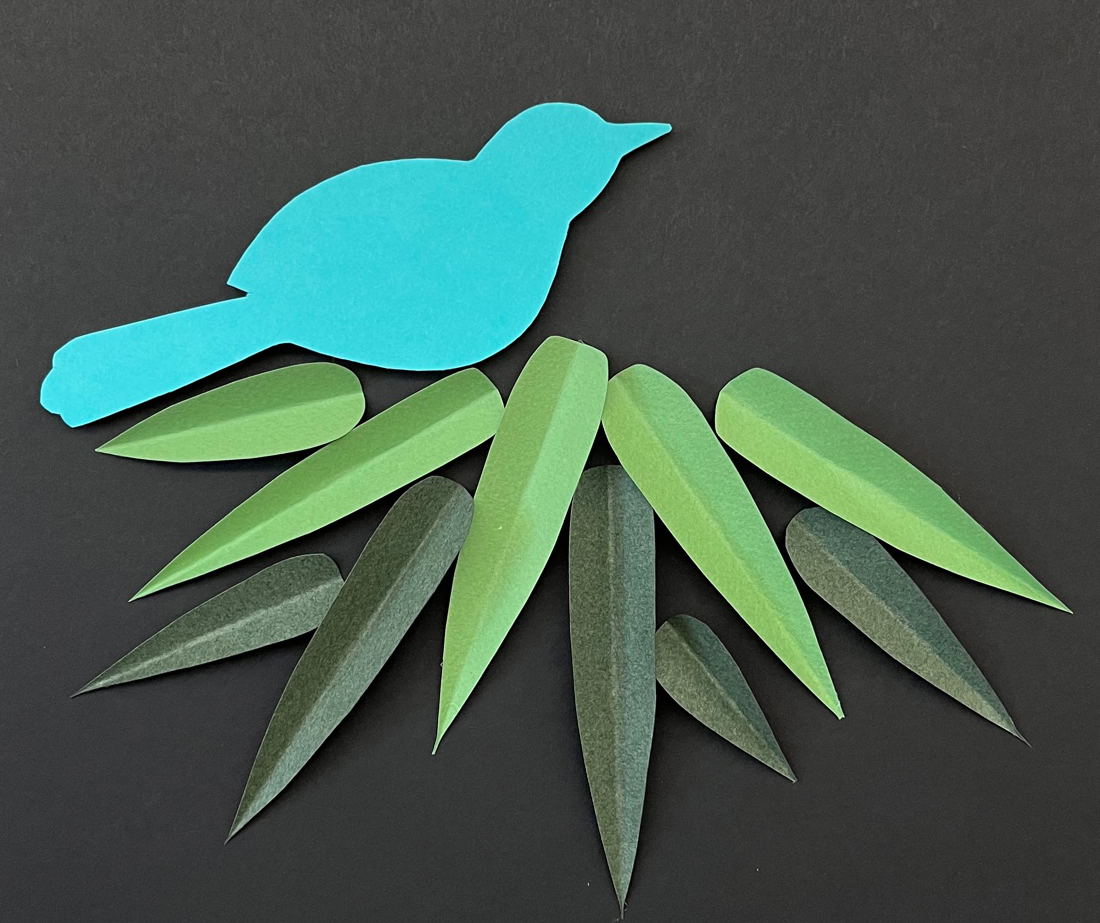
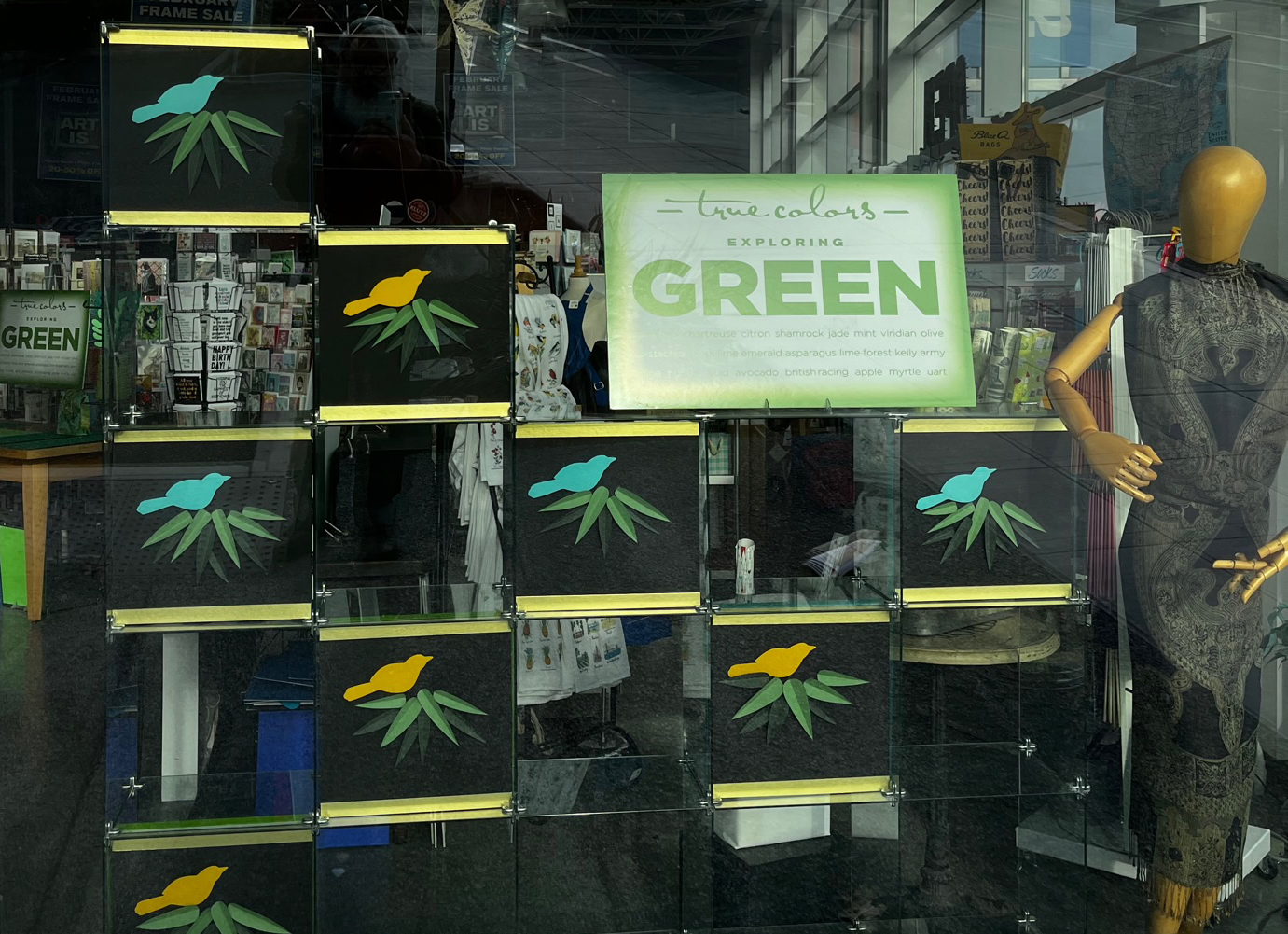
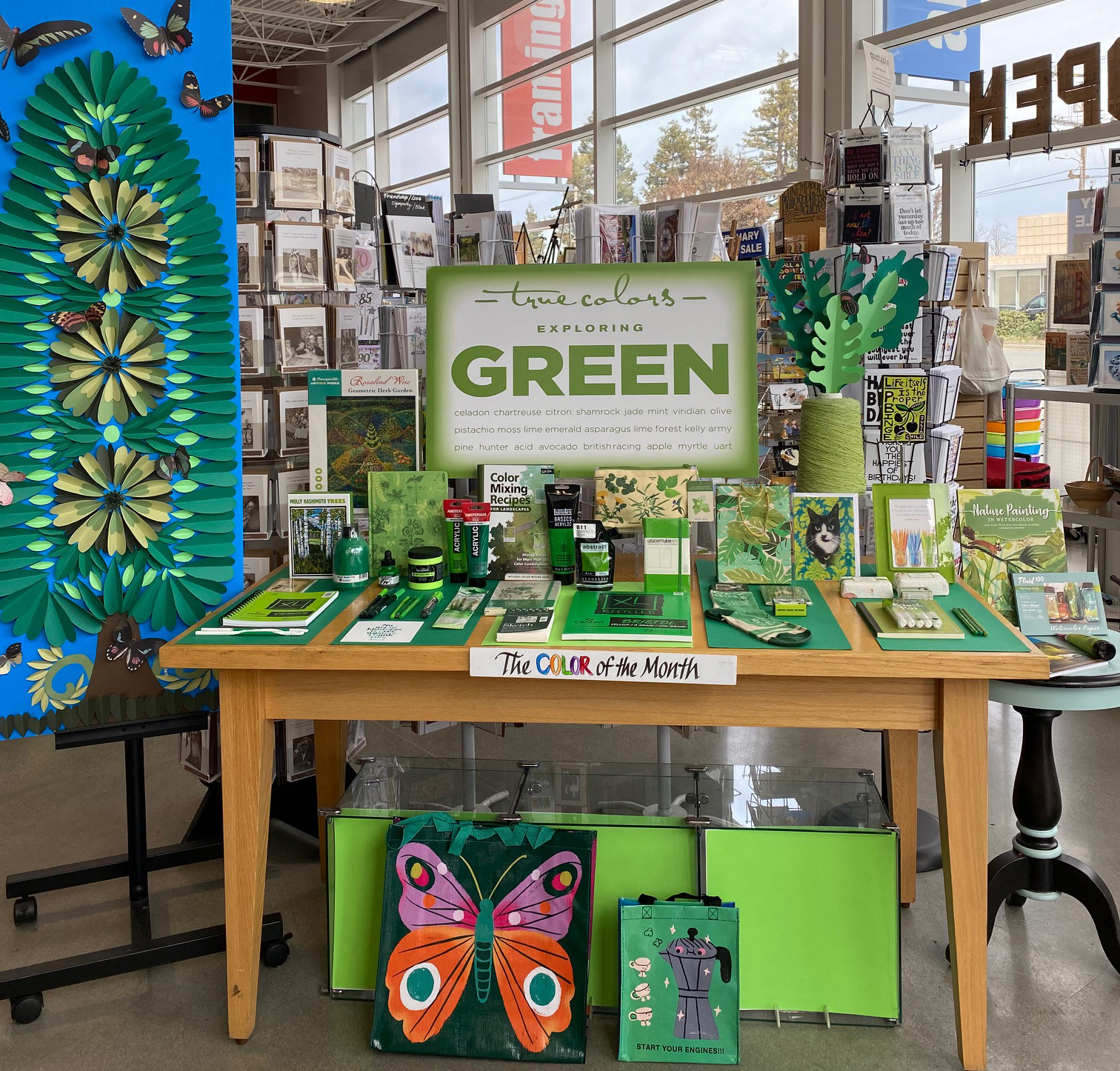
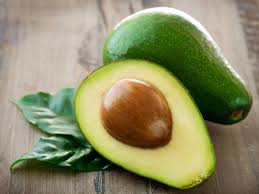
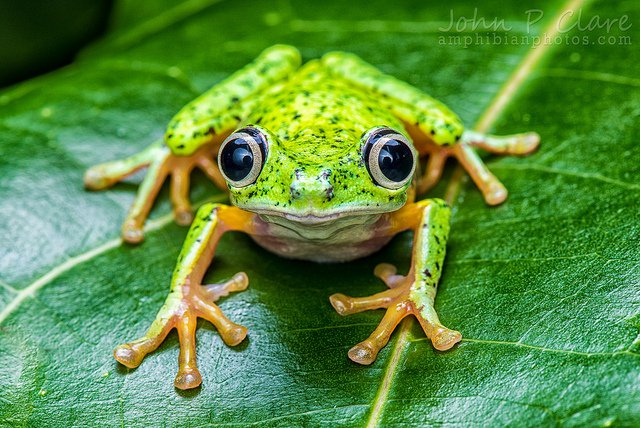

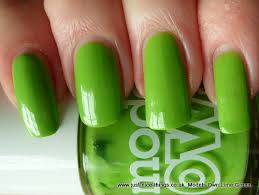


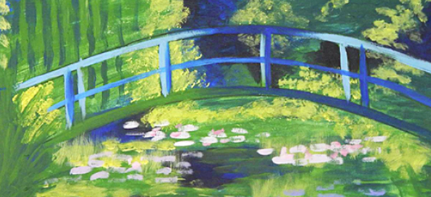

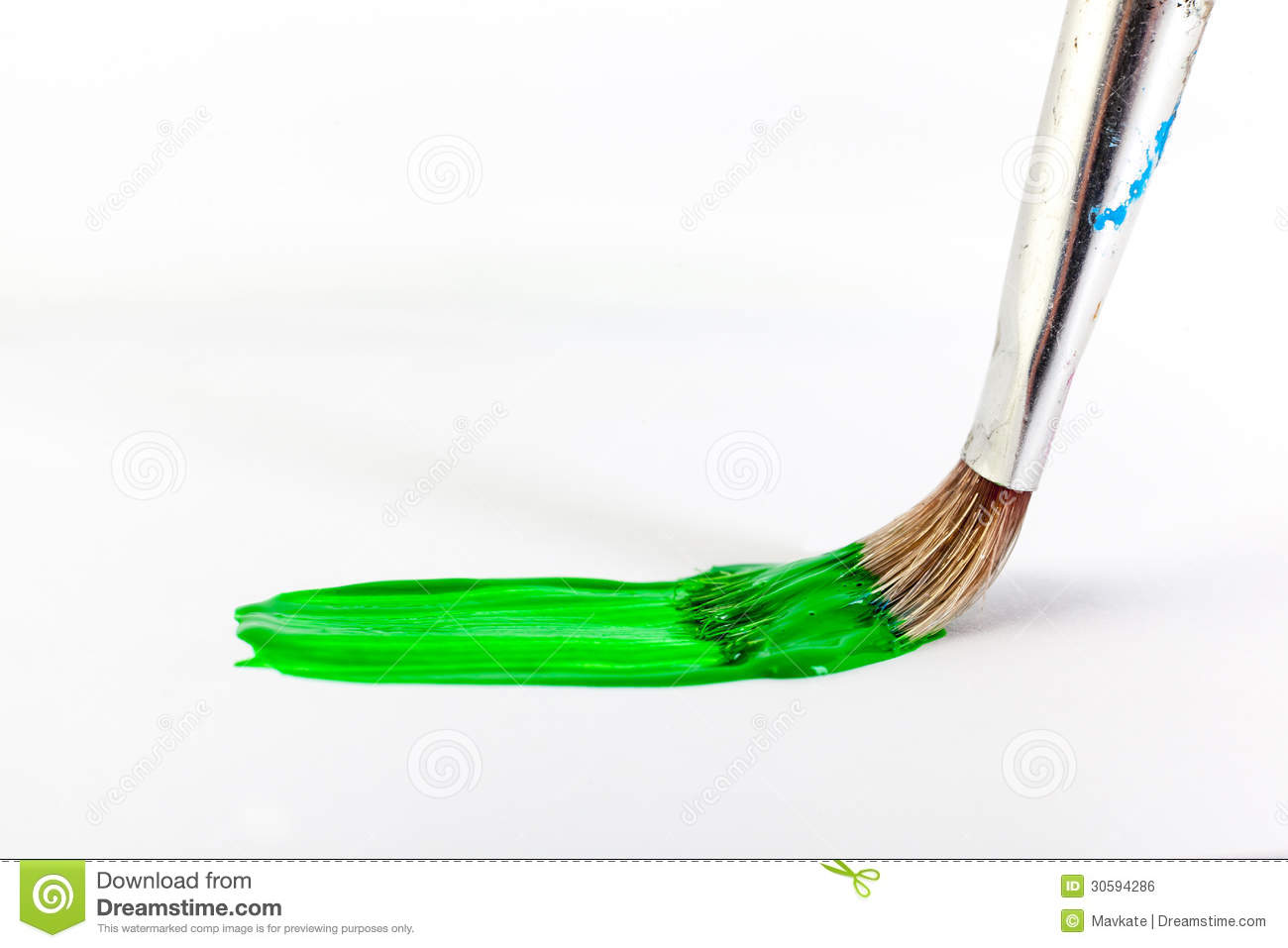



UArt Redwood City
Fun Fact: at the bottom of this post are links to Kermit the Frog’s song, “It’s Not Easy ‘Bein Green” : )
This March UArt stores are Exploring GREEN!
Check out the GREEN display at your local UArt store to find all of the “green things” we offer that will make your day – and make your artwork and gifting happy-go-lucky : ) We’ve assembled a wide variety of greenery to spark your imagination and let you consider this amazing color in whole new ways. You’ll find facts and history in the display and information about where to find the best green art supplies, products, and gifts in the store.
Green is the color of cash, and also of protecting the environment. A green light means go, but a green-tinged emoji means someone is about to be sick. Green is the color most commonly associated in the U.S. and Europe with springtime, freshness, and hope. Green is often used to symbolize rebirth and renewal and immortality. Green is considered the most restful color for the eye. Where did these cultural meanings come from, and how have they developed and shifted throughout history? Michel Pastoureau’s book Green: The History of a Color takes readers from ancient times to the present day, exploring the role of green in Western societies over thousands of years.
Why is Green called Green? In ancient Greece, they used less expensive green earth pigment, or mixed yellow ochre and blue azurite. It also symbolized the sea, which was called the “Very Green.” In Ancient Greece, green and blue were sometimes considered the same color, and the same word sometimes described the color of the sea and the color of trees.
In painting, green is not a primary color but is created by mixing yellow and blue. Green pigments have been used since Antiquity, both in the form of natural earth and malachite, used primarily by Egyptians. Greeks introduced verdigris, one of the first artificial pigments.
How many of these facts about GREEN did you know?
1. The ancient Egyptian god Ptah was depicted with a green face. In Egyptian painting, green was a beneficial color that protected against evil.
2. The Roman emperor Nero was known for eating a large amount of leeks he consumed, which was unusual for a high-ranking person at that time. Leeks were strongly associated with the color green, and even lent their name to one of the Greek words for the color, prasinos.
3. The Roman Empire’s chariot races featured two opposing stables: the Blues and the Greens. The Blues represented the Senate and the patrician class, while the Greens represented the people. Each stable was backed by a large, influential organization with a network of clientele and a lobby that extended far outside the racecourse.
4. The prophet Muhammad favored the color green. After becoming the dynastic color of the Fatimids, green came to be the sacred color of Islam as a whole.
5. During the Middle Ages, green was the color of hope for pregnant women in particular. Pregnant women in paintings were often shown wearing green dresses.
6. Possessing a green shield, tunic, or horse’s quarter sheet often meant that a knight was young and hotheaded. One well-known example of a “green knight” is found in the late fourteenth-century Sir Gawain and the Green Knight.
7. In Gothic stained-glass windows, green was the color of demons, sorcerers, dragons, and the Devil himself.
8. Dyeing in green was difficult during the Middle Ages. Green dyes from plants produced faint and unstable color that grew even more faded when mordant, or fixative, was applied. Because of this instability, green came to represent inconstancy, duplicity, and betrayal. Judas, for example, is often shown dressed in green.
9. Another obstacle to dyeing in green was the way the dyeing trades were organized. Professional dyers were licensed to dye only in certain colors. This made mixing colors—such as blue and yellow, which make green—next to impossible. Even dyers who broke the regulations and used both blue and yellow dyes had to possess the then-rare knowledge that blue and yellow combined make green. This combination may seem obvious to us now, but in pre-Newtonian color classifications, green was never located anywhere near yellow.
10. Schweinfurt green was a shade developed in Germany in 1814 and made from copper shavings dissolved in arsenic. It was used to make paint, dye, and painted paper. When exposed to humidity, the arsenic evaporates and can be toxic. According to some theories of Napoleon’s death, it’s possible that he was poisoned by his wallpaper!
More GREEN Fun Factoids:
- Green is the second most popular favorite color, after blue. …
- In China, green jade represents virtue and beauty. …
- Green is the color of love, associated with Venus. …
- Green was George Washington’s favorite color. …
- Green is considered the color of peace.
Lyrics to: It’s Not Easy Bein’ Green
